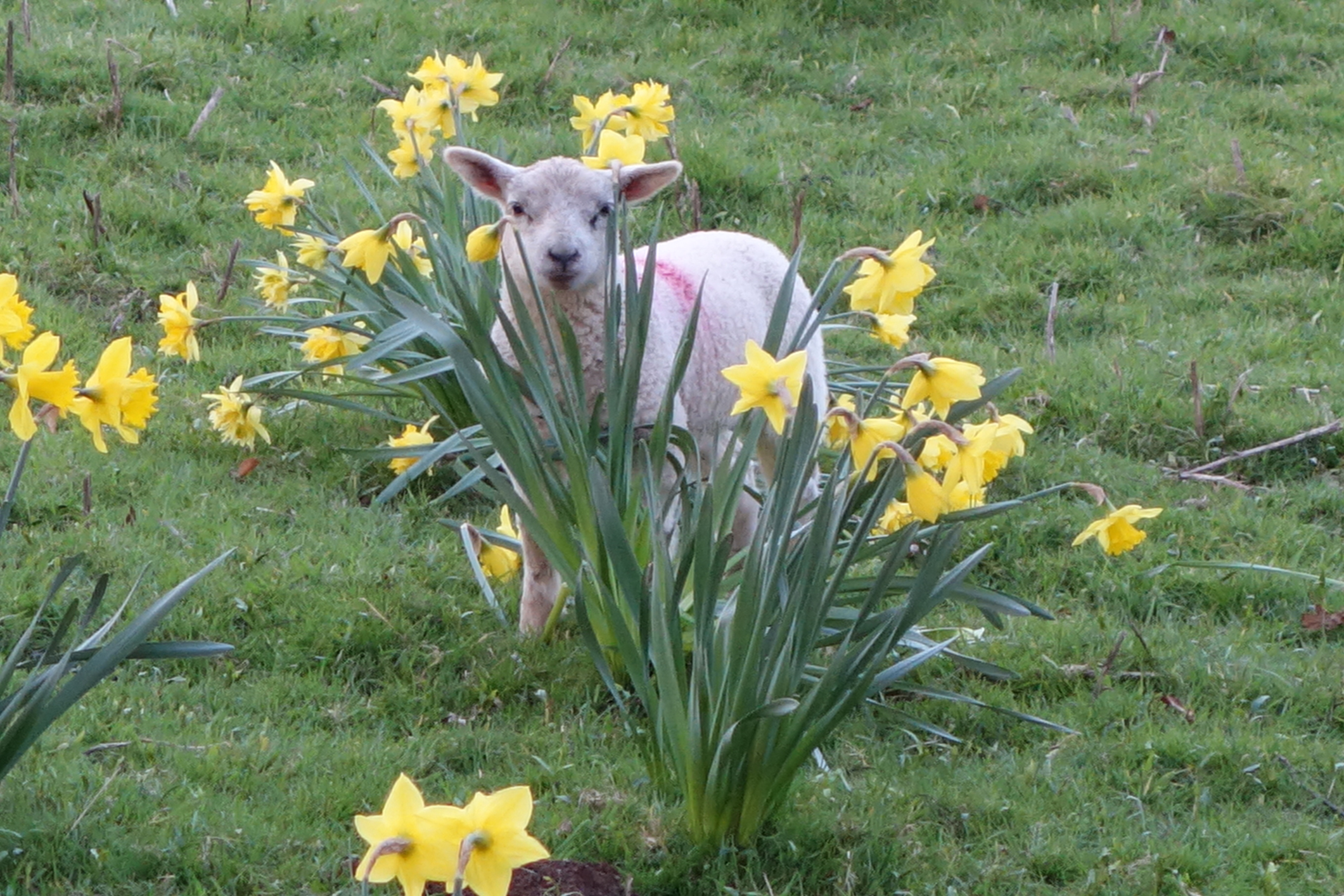Abomasal Bloat in Pet Lambs

A range of practices can be implemented to reduce the risk of abomasal bloat.
One of the banes of artificially rearing lambs is abomasal bloat. The exact pathogenesis is unclear but bacteria such as Clostridium sp., Sarcinia sp. and Lactobacillus sp. in the presence of large quantities of carbohydrate substrate leads to fermentation and excessive production of carbon dioxide. Abomasal mucosal haemorrhages and ulceration can also occur. Risk factors for this include feeding too much milk at a time, gorging (especially by older/stronger lambs), use of poor-quality milk replacers, abrupt changes in feed regime, improper mixing of the milk powder and poor hygiene practices.
Here are some measures that may reduce the risk of abomasal bloat:
- Keep the feeding routine regular aiming to feed at the same times every day
- Make sure lambs are not allowed to gorge on milk, especially the older ones
- Check that the teats are not excessively worn. Milk may flow fast through a worn teat which can allow gorging
- Consider increasing the frequency of feeding (i.e. feed less milk but more often). For example, try changing feeding from two to three times a day to feeding smaller amounts five to six times a day. In this respect, automatic milk feeders are better as they allow lambs to milk feed as and when they want to, which mimics natural suckling behaviour. This is not an option for everyone but worth considering for larger scale rearing operations
- Some producers feed calf milk replacer to lambs. Calf milk replacer can contain more lactose, increasing the risk of bloating. Switching to lamb’s milk replacer can help with this
- Reducing environmental bacteria, especially on buckets and teats by daily cleaning and disinfection. Milton sterilising solution is a suitable disinfectant to use
- Mix the milk powder according to manufacturer instruction, making sure that it is well mixed before feeding
- Feeding the milk cold can help prevent gorging. This also slows the growth of bacteria in pre-prepared milk that is lying around. Mix up the powder using warm water to start but allow to cool before feeding
- Lambs should have access to fresh water, straw in racks, and a good quality creep feed at all times. Offering hard feed early on can help stimulate rumen development and earlier weaning off milk. It may also help to keep them satisfied between milk feeds
- “Yoghurtising” the milk. This is a technique that appears to be promoted in New Zealand, and involves making up a yoghurt culture with the lamb milk replacer and feeding this rather than just the lamb milk replacer and water alone. More information can be found in the beef+lamb new zealand fact sheet
To feedback on this report or any aspect of our service, please complete the short SRUC Veterinary Services Client Survey.
Posted by Veterinary services on 12/04/2021
